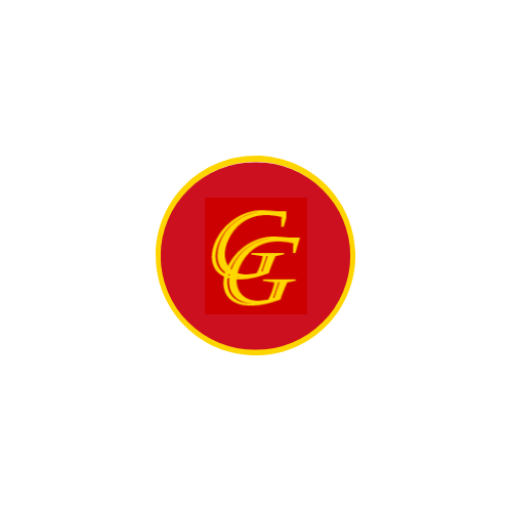
Good morning Leathernecks, and on this the 25th day of July in the history of our beloved Corps:
In 1777, Congress authorized a $4.00 weekly subsistence for Marine officers.
In 1861, Congress increases the authorized size of the Marine Corps to 93 officers and 3,074 enlisted.
In 1943, in the European Theater, Premier Mussolini is replaced as head of the Italian government.
In 1944, the 2nd Marine Division comes ashore and begins to assume responsibility for the eastern half of the corps zone.
The 8th Marines captures Ushi Point Airfield on Tinian.
On Guam, the Marine brigade seals off the base of Orote Peninsula and positions itself with both Marine regiments abreast to assault the peninsula the next day.
The 77th Infantry Division assumes complete responsibility for the rest of the southern beachhead facing toward the remainder of Guam.
That night, the Japanese launch a strong counterattack, mainly against the norther beachhead, but the 3rd Marine Division repulses it.
MAG-94 and VMB-473 are commissioned at Cherry Point. VMSB-934 is organized at Bogue Field.
In 1946, the second Bikini atomic test utilizes the first-ever underwater explosion of a nuclear device.
In 1947, after the conference committee agrees on a bill largely following the House version and both chambers pass it, President Truman signs the National Security Act of 1947 into law.
Although the law creates a National Defense Establishment to oversee the services, it leaves intact the Departments of the Navy, Army, and Air Force (the latter two newly created from the former War Department) as intervening echelons with significant powers.
The law gives the Marine Corps several specific missions, to include primary responsibility for developing amphibious warfare capability, confirms that it is a separate service within the Navy Department, and provides that the Corps will include ground combat, aviation, and service elements.
The act also formalizes the Joint Chiefs of Staff (the military heads of the Army, Navy, and Air Force) and gives them a Joint Staff limited to 100 officers.
The Commandant is not a member of the JCS.
In 1950, the JCS approves MacArthur’s request for a full Marine Division, but it will include the brigade already on its way to Korea.
The Commandant orders the 1st Marine Division brought to full war strength, in preparation for departure to Korea beginning on 10 August.
Units of the 2nd Marine Division (primarily the 2nd Marines, 1st Battalion, 6th Marines (1/6), and supporting elements) depart Camp Lejeune for Camp Pendleton, where they will form the base for rebuilding the 1st Marine Division.
The CNO authorizes a 50 percent reduction in the strength of Marine security forces at Navy bases, with this manpower going to the 1st Marine Division and 1st MAW.
In 1951, the truce talks produce an agenda for further discussion.
The main items were decision on a line of demarcation and the return of prisoners of war.
In 1953, President Eisenhower announces that the 3rd Marine Division and MAG-11 of 3rd MAW will move to Japan to provide a ready amphibious force in the Far East.
In 1996, as part of an increase in flag officers in the armed services, the Marine Corps is authorized an increase from 68 to 80 generals, giving it one more than it had in WWII.

Saepius Exertus, Semper Fidelis, Frater Infinitas!
Often Tested, Always Faithful, Brothers Forever!
-Richard W. Pettengill, Corporal USMC
And damn proud of it!
